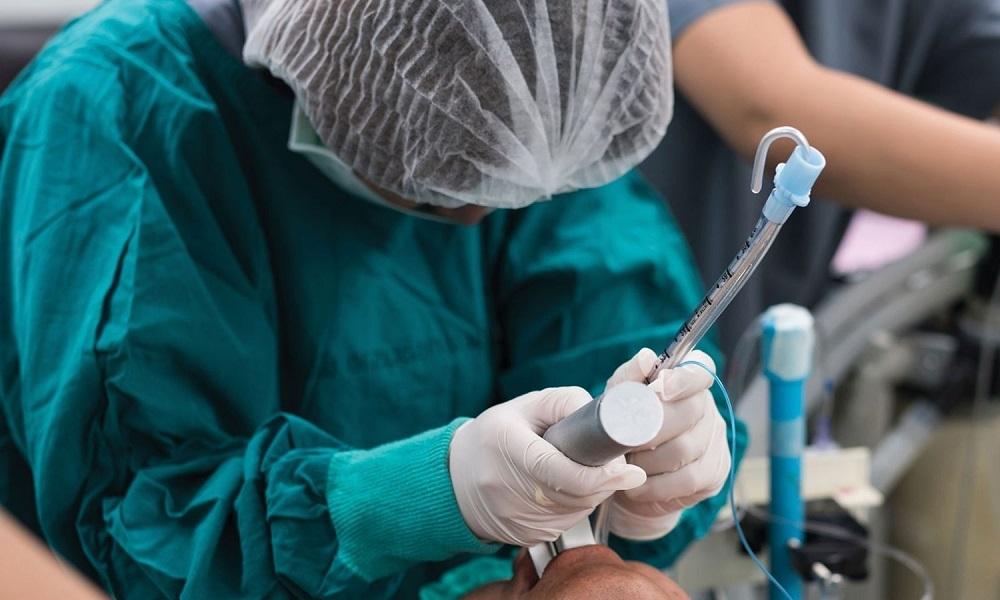Airway Management Devices - Ensuring Patient Safety During Procedures

Airway management involves securing and maintaining a patient's airway to allow breathing during medical procedures or in emergency situations. It is one of the most important aspects of patient care as loss of airway can quickly lead to hypoxia and even death. Various airway management devices have been developed over the years to facilitate endotracheal intubation and ventilation during anesthesia, resuscitation, or procedures where maintaining a patent airway is critical. In this article, we will discuss some commonly used airway management devices and their role in maintaining patient safety.
Oral and Nasal Airways
One of the simplest airway management devices are oral and nasal airways. These devices help maintain an open airway by inhibiting the tongue from obstructing the airway when a patient is unconscious. Oral airways are often made of plastic and have a rounded end that is inserted into the mouth to keep it open. Nasal airways are tube-like devices inserted into the nose to prevent collapse of the soft palate at the back of the throat. They find frequent use in emergency rooms and intensive care units to help maintain airway patency in unconscious patients. While basic, these devices play an important supportive role in airway management protocols along with bag-valve-mask ventilation.
Laryngeal Mask Airways
A more advanced alternative to oral/nasal airways is the laryngeal mask airway (LMA). It is a soft, air-filled cone with an inflatable cuff that fits snugly around the laryngeal inlet. LMAs provide a safer and more effective ventilatory pathway than basic airways as they form a low-pressure seal around the larynx. Various sizes of LMAs allow usage in pediatric to adult patients. They find widespread use for procedures requiring general anesthesia but not an endotracheal tube. LMA insertion does not require complex intubation skills and they have a high success rate of establishing an airway. However, LMAs only ventilate the lungs and do not protect against aspiration of gastric contents like endotracheal tubes.
Video Laryngoscopes
For procedures requiring endotracheal intubation, Airway Management Devices video laryngoscopes have become a mainstay in recent years. They offer indirect laryngeal visualization using an inbuilt camera at the blade tip. This camera allows the operator to see the vocal cords on a video screen during intubation attempts rather than directly through the mouth. Video laryngoscopes have significantly improved first-pass and overall intubation success rates even in difficult airway scenarios compared to conventional laryngoscopy. Different types ranging from single-use to multi-use blades are available with varying camera technologies and screen designs. Their incorporation into difficult airway algorithms has enhanced patient safety during intubations performed by all levels of providers across diverse clinical settings.
Rigid Bronchoscopic Intubation
For patients with very challenging airways requiring surgical exposure or rigid control of the larynx and trachea, rigid bronchoscopy provides a versatile solution. Rigid bronchoscopes consist of a hollow metal tube with an eyepiece and working channels. They allow intubation under direct vision with the ability to suction, pass instruments, and apply forceps control of the airway as needed. It forms the gold standard for managing acute upper airway obstruction emergencies. Besides intubation, rigid bronchoscopy also facilitates tracheal tumor debulking, foreign body removal from the airway, and airway stenting procedures. Advanced skills are required for its use, but it remains invaluable for controlling difficult or failed airways.
Supraglottic Airways
Supraglottic airways like the LMA mentioned earlier provide simple, effective ventilation without requiring intubation skills. Popular supraglottic devices include the Classic Laryngeal Mask Airway, ProSeal LMA, i-gel, streamlined liner of the pharynx airway (SLIPA) and more. These second-generation devices form a better seal than first-generation LMAs to aid positive-pressure ventilation and prevent pulmonary aspiration. Some newer single-use supraglottic models like the i-gel feature a non-inflatable cuff and integral bite block for simpler insertion. Their availability in varied sizes makes them suitable for a wide range of patients from pediatrics to large adults. Supraglottic airways continue serving as useful alternatives to endotracheal intubation when the latter is not required or cannot be readily accomplished.
Emergency Cricothyrotomy Kits
As a true last resort, emergency surgical airways provide a lifesaving option when all other devices have failed to secure the airway. While infrequent, these "cannot intubate, cannot ventilate" scenarios still occur from time to time and can quickly become fatal without intervention. Standardized emergency cricothyrotomy kits are now available for frontline providers to establish translaryngeal jet ventilation or place small-bore tubes through an opening created in the cricothyroid membrane. Kit designs aim to simplify the procedure and guide users through the steps under severe time pressure during codes. Periodic training helps maintain familiarity with these devices should their urgent use become necessary to buy time for skilled help to arrive.
Airway management requires diligent preparation, constant skill practice, and familiarity with available devices to make optimal management decisions depending on the clinical scenario. From basic airways to advanced video laryngoscopy and rescue surgical cricothyrotomy options - having the right armamentarium readily accessible ensures providers can successfully secure the airway of every patient. Regular training also helps build confidence among clinicians to efficiently use new technologies and appropriately escalate interventions based on changing needs. With constant innovation and multidisciplinary teamwork, we hope to further advance airway management capability and safety.
Get more insights on- Airway Management Devices
Check more trending articles related to this topic: Sustainable aviation fuels
- Art
- Causes
- Crafts
- Dance
- Drinks
- Film
- Fitness
- Food
- Games
- Gardening
- Health
- Home
- Literature
- Music
- Networking
- Other
- Party
- Religion
- Shopping
- Sports
- Theater
- Wellness
- IT, Cloud, Software and Technology


